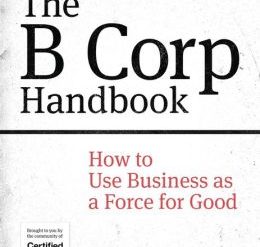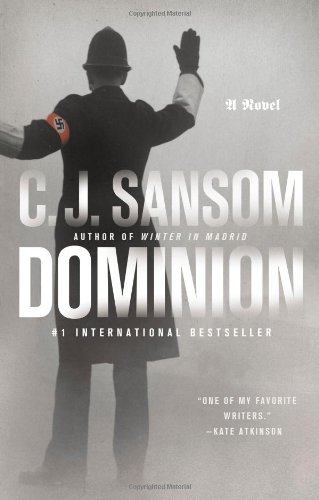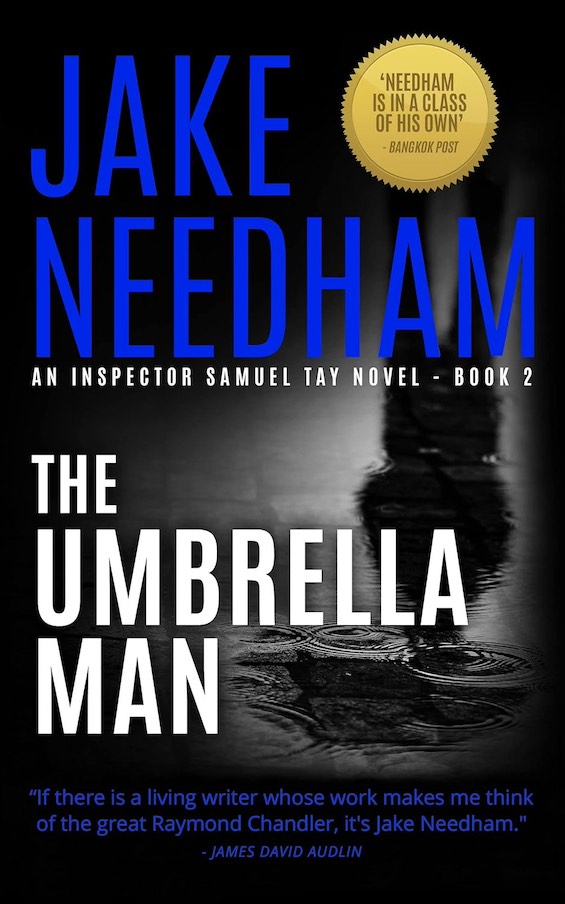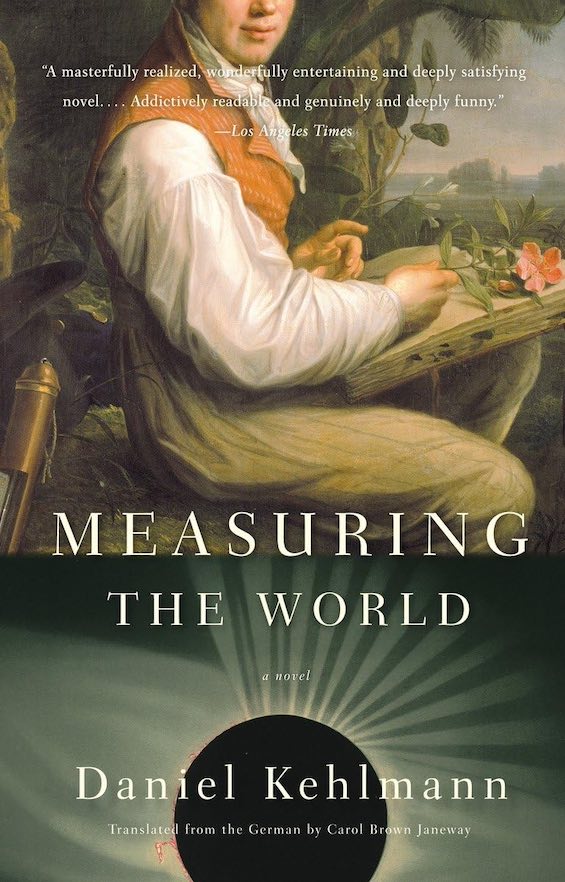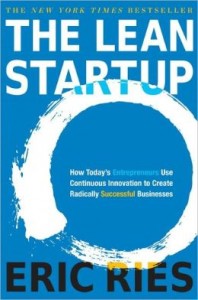
Bloomberg reports that 8 out of 10 new companies fail within the first 18 months — and most big, established companies have trouble creating truly innovative new products. So, the process of introducing innovation to the market is pretty much hit or miss, whether the engine is a startup or a Fortune 100 company.
Estimated reading time: 5 minutes
Eric Ries wants to take the guesswork out of innovation. His method, featured in his seminal 2011 book, The Lean Startup, and in his website and consulting practice, is built around a technique well known to direct marketers: the A/B split test. In marketing, a mailer will test two variations of a mailing package, an offer or suggested gift, or two market segments, keeping all other variables constant. If the rules of statistics are carefully observed, the result, favoring either A or B, will in theory be replicable when mailing in larger quantities.
Ries applies this approach, which he calls “experimenting,” in what appears to be a loosey-goosey fashion. (At one point in his book, he clearly implies that the tests he runs, comparing product features, market segments, positioning, or other testable elements, are less than statistically rigorous. Somehow, though, the companies he’s helped to start or advised seem to have made a lot of money with this approach, so he must be doing something right.)
The Lean Startup: How Today’s Entrepreneurs Use Continuous Innovation to Create Radically Successful Businesses by Eric Ries ★★★★☆
In fairness, Ries’ Lean Startup method involves a great deal more than testing. He urges a complete re-thinking of the way business is organized and managed and the ways it collects and interprets data. Small, cross-functional teams formed to build and sell innovative products use testing on “small batches” of prospective customers to determine which tweaks on the product or its marketing will optimize sales — or whether the product itself or its use must be entirely re-thought.
Systematic testing produces “validated learning” that enables each team to avoid waste such as the hundreds of work hours that might be involved in producing a finished product by instead testing a “Minimum Viable Product” that will only be finished on the basis of repeated testing. In other words, Ries maps out his own route to the “learning organization” described by Peter Senge in his own seminal book, The Fifth Discipline, more than two decades ago.
Cross-functional teams are essential
Ries’ cross-functional teams are not modeled on the “skunk works” familiar to students of business history. Unlike the original unit of Lockheed that was sequestered in a secret location to design aircraft such as the U-2 spy plane and the F-22 Raptor, the cross-functional teams in a startup company — or themselves constituted as “startups” within a big business — are neither secretive nor elitist. What they have in common with Lockheed’s Skunk Works is independence, as they’re empowered to make all decisions on their own without consulting management.
The core concept behind the Lean Startup approach is that a newly launched enterprise exists only “to learn how to build a sustainable business. This learning can be validated scientifically by running frequent experiments [i.e., tests] that allow entrepreneurs to test each element of their vision. . . The fundamental activity of a startup is to turn ideas into products, measure how customers respond, and then learn whether to pivot or persevere.” A pivot, in Ries’ lexicon, is a shift of course away from the entrepreneur’s original vision — for example, deciding that a company’s core strengths can be more productively and profitably employed in a business-to-business enterprise rather than marketing directly to consumers.
Advice that’s sometimes vague
The Lean Startup (the book) is, in a fundamental sense, an introductory guide to Ries’ thinking. However, his prescriptions are often vague — for instance, he writes about the importance of testing in “small batches” but never specifies how small, which is a significant question in statistics — so a real-world entrepreneur would be hard-pressed to apply this method without help. That, it appears, is the function of the many meetups, blogs, online communities, and a wiki that have sprung up around the world for entrepreneurs to share their experiences with the Lean Startup approach. Of course, if you can afford him, you may be able to hire Eric Ries himself.
Ries draws much of his inspiration from the Japanese Lean Manufacturing method pioneered at Toyota — if anything, the “secret” of Toyota’s successful rise from a small company to the world’s largest automobile manufacturer. He has also read widely in the management literature, delving into the work of Frederick Winslow Taylor (The Principles of Scientific Management), W. Edwards Deming (quality control), Alfred Sloan (My Years with General Motors), and Peter Drucker (The Practice of Management) as well as contemporary writers such as Steve Blank (customer development) and Clayton Christensen (The Innovator’s Dilemma).
The Lean Startup is strong on content but weak on presentation. The author appears to be too much in love with his own jargon — there seem to be dozens of proprietary words and phrases he repeats over and over — and his writing style is less than compelling. He even makes occasional grammatical errors. Nonetheless, I recommend this book to anyone who is starting, or even thinking of starting, a new business. The Lean Startup contains a great deal of wisdom.
For related reading
This is one of the Best books about innovation reviewed here.
Like to read books about business? Check out My 10 favorite books about business history.
If you enjoy reading nonfiction in general, you might also enjoy:
- Science explained in 10 excellent popular books
- 10 great biographies
- Top 10 nonfiction books about politics
And you can always find my most popular reviews, and the most recent ones, on the Home Page.


